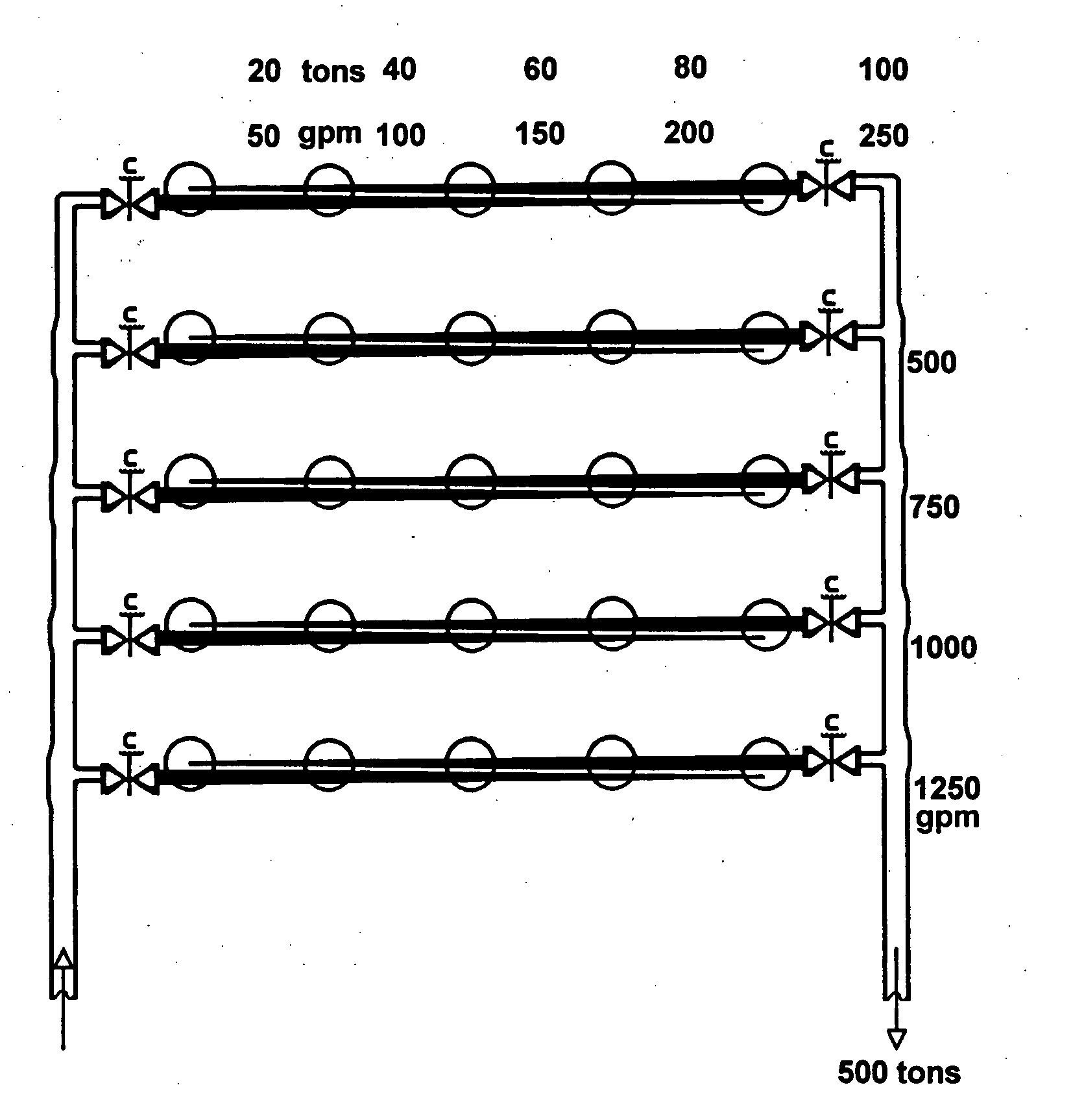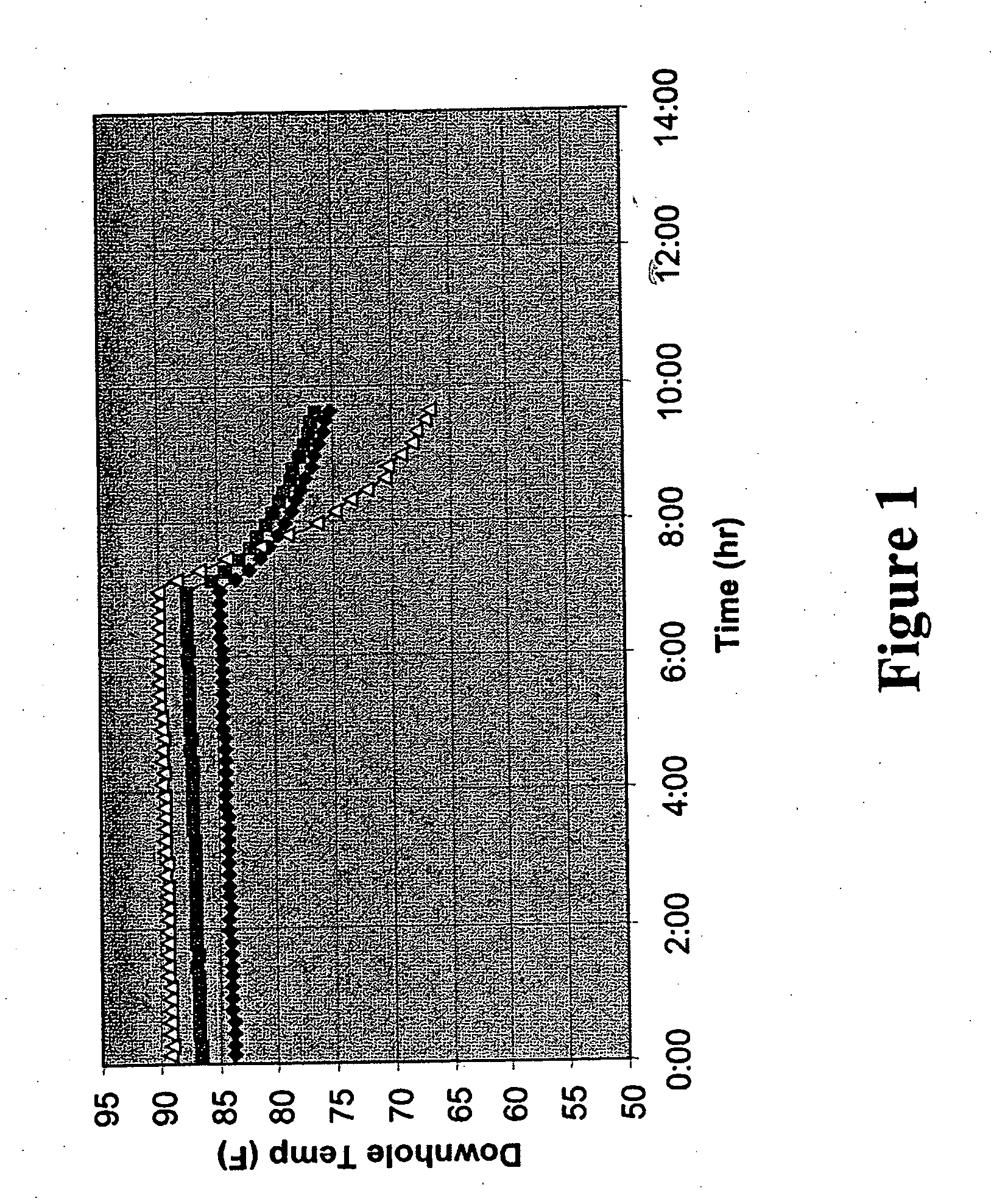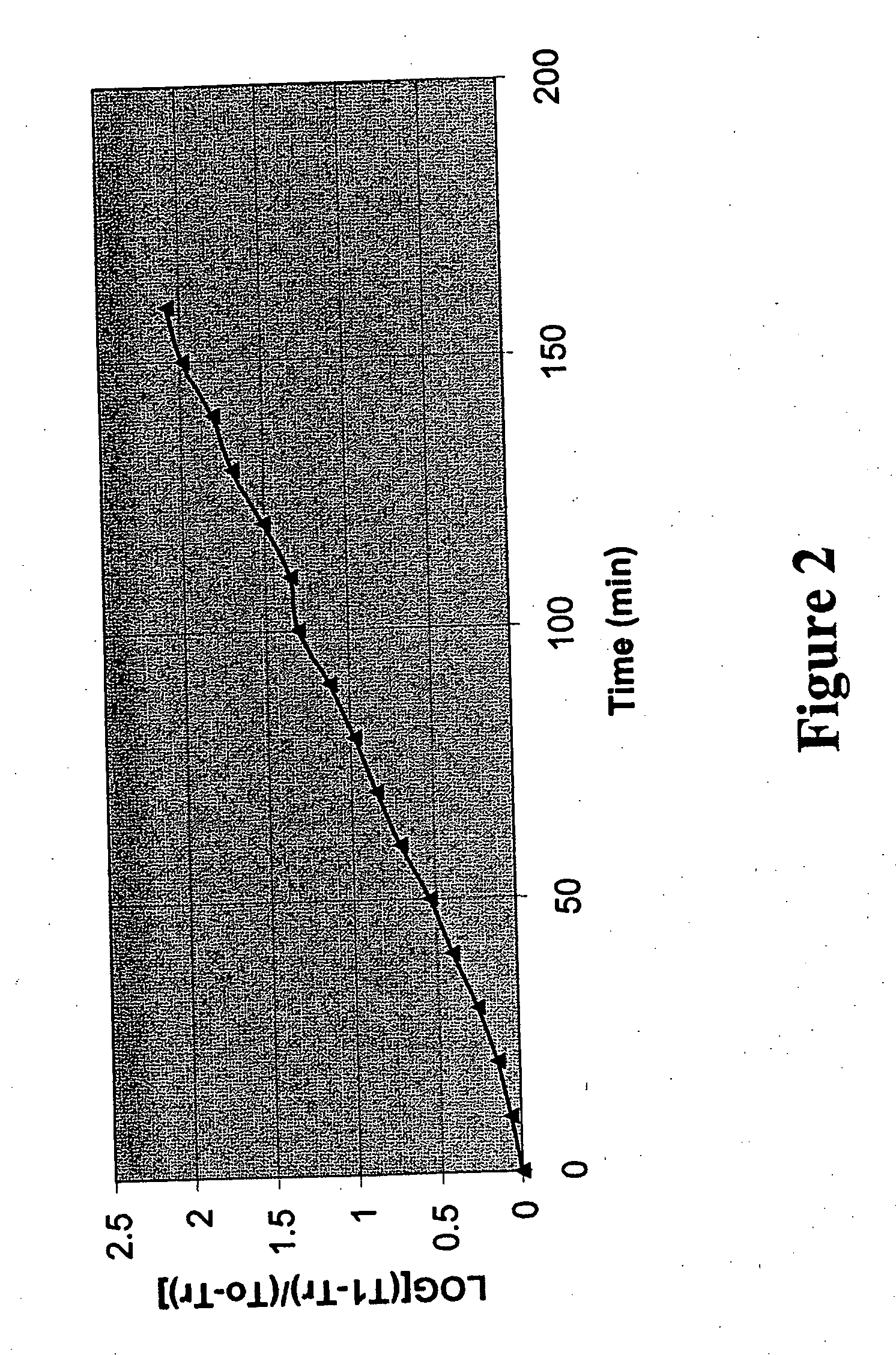Ground source heat pump field design with improved control strategies
a heat pump and control strategy technology, applied in mechanical equipment, machines/engines, light and heating equipment, etc., can solve the problems of increasing the cost of energy from limited sources, high cost of geothermal energy installation or earth connection, and unattractive economic effects of geothermal systems, so as to improve control strategies and reduce drilling depths , the effect of efficient operation
- Summary
- Abstract
- Description
- Claims
- Application Information
AI Technical Summary
Benefits of technology
Problems solved by technology
Method used
Image
Examples
Embodiment Construction
[0027] A typical geothermal system of the present invention includes two or more geothermal wells operated between the heat exchange phase and the thermal recovery phase. During a heat exchange phase, the well is engaged in exchanging heat with a heat pump or another heat exchange device. During a thermal recovery phase, the well substantially (including completely) regains thermal equilibrium with the surrounding earth. Each heat exchange stage and the subsequent thermal recovery stage constitute an operational cycle of the well. The system is capable of allowing certain wells to be actively engaged in serving the building HVAC load, while keeping other wells inactive for thermal recovery. The switching between different operational stages is regulated for each well to sustain the continuous heat exchange demand while allowing exhausted wells to have an effective thermal recovery.
[0028] In many embodiments, each well in a geothermal system of the present invention undergoes multip...
PUM
 Login to View More
Login to View More Abstract
Description
Claims
Application Information
 Login to View More
Login to View More - R&D
- Intellectual Property
- Life Sciences
- Materials
- Tech Scout
- Unparalleled Data Quality
- Higher Quality Content
- 60% Fewer Hallucinations
Browse by: Latest US Patents, China's latest patents, Technical Efficacy Thesaurus, Application Domain, Technology Topic, Popular Technical Reports.
© 2025 PatSnap. All rights reserved.Legal|Privacy policy|Modern Slavery Act Transparency Statement|Sitemap|About US| Contact US: help@patsnap.com



